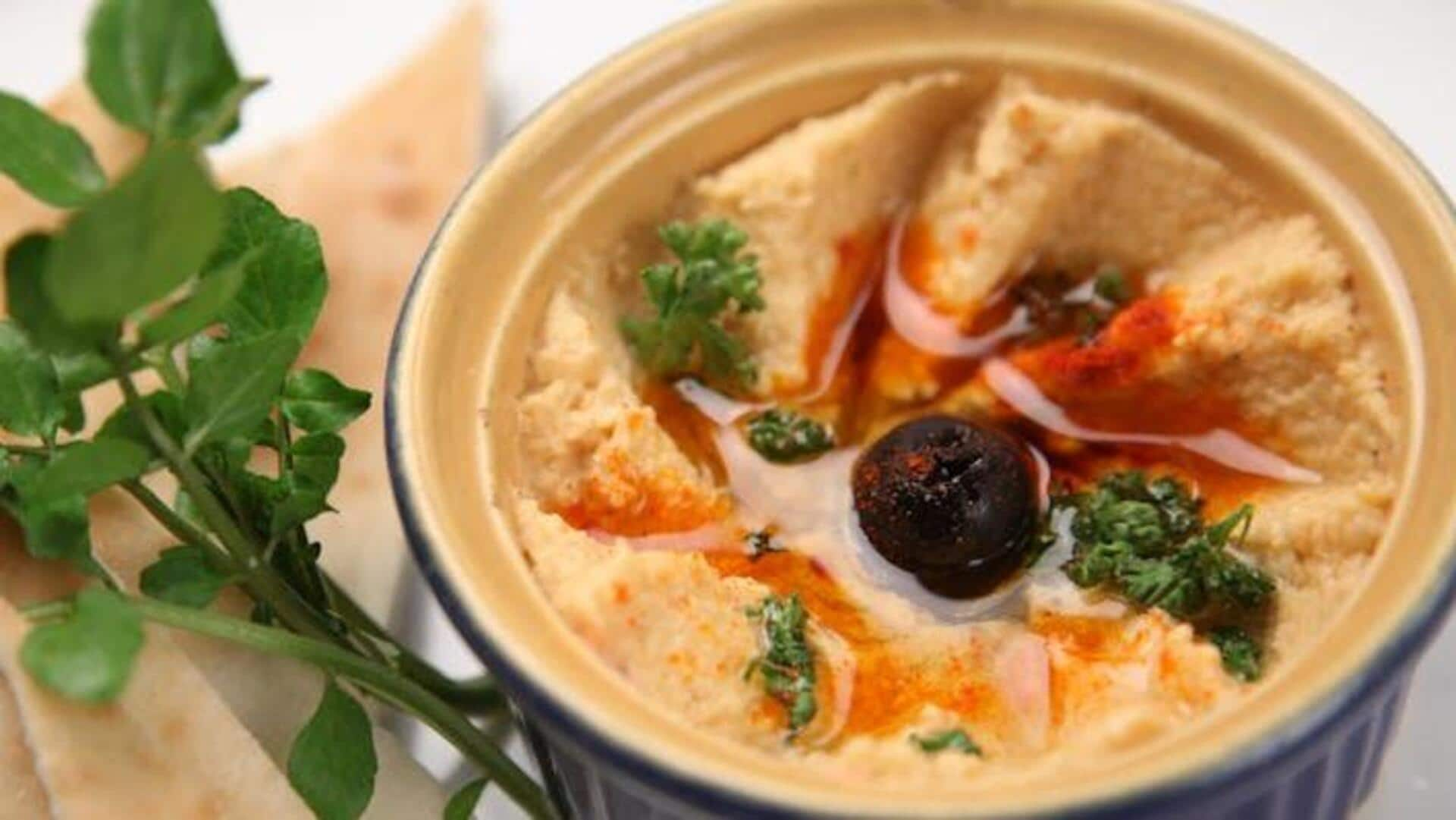
Discover the global journey of hummus: History, variations, and more
What's the story
Hummus, a mixture of chickpeas, tahini, lemon juice, and garlic, has grown into a worldwide favorite.
From its Middle Eastern origins, it has traveled across cultures, evolving to suit local palates.
From street vendors to fine-dining restaurants across the globe, hummus's popularity is a testament to the cultural exchanges that have contributed to its evolution.
Let's take a look at these exchanges.
Origins
Historical roots and spread
Hummus actually traces its roots back to ancient times in the Middle East. It is believed to have been consumed as early as the 13th century.
The dish spread through trade routes and conquests, reaching various parts of Europe and North Africa.
Each region adapted it with local ingredients and flavors contributing to its diverse variations today.
Adaptations
Regional variations
As hummus crossed borders, it evolved into something that reflected local tastes.
In Greece, it could be served with olives or feta cheese; in India, spices like cumin or coriander could be added for an extra kick.
These adaptations highlight how different cultures have embraced hummus, while giving it their signature touch.
Global appeal
Modern-day popularity
Over the last few decades, hummus has gained phenomenal popularity worldwide, thanks to an increasing interest in healthy eating and plant-based diets.
Supermarkets today carry flavors ranging from roasted red pepper to avocado-infused ones, appealing to all palates.
This versatility makes hummus an ideal option for both snacks and meals, suiting a variety of dietary preferences globally.
Innovations
Culinary fusion experiences
Chefs across the globe experiment by adding hummus in fusion dishes such as wraps or salads with other world cuisines like Mexican or Italian fare.
This shows how this humble dip continues to inspire creativity among modern gastronomy circles without losing touch with its traditional spirit.